Career / BJ Topol
8 years ago by
I’m so excited to share this interview with you today, because meeting BJ was such a treat. I left her apartment (which is incredible, by the way) completely buzzing—she’s kind, accomplished, grounded…my total dream woman.
BJ is an art advisor, and she came to us through one of her clients, another Atelier Doré favorite, Phillip Lim.
BJ met Phillip and his partner Wen years ago, through simply being obsessed with his brand, and they’ve been friends and collaborators ever since. Both Garance and I are huge admirers of Phillip’s aesthetic, including his art collection, how could you not be? After Garance met BJ at one of Phillip’s dinners she insisted I meet her too.
A few weeks ago Pia and I found ourselves in BJ’s New York apartment, surrounded by art (we’ll show you soon! We asked her if we could come back for an interior), chatting about her 27 year long career in the elusive art world, which she totally brought down to earth for me. It sounds like a dream, built with the flexibility of motherhood in mind, and left me feeling totally inspired. Meet BJ!
Where did you grow up?
I was born in Lake Tahoe, California and people really never believe that I was born there. It’s just a vacation place but my family, I’m from a family with five kids, my parents just fell in love with the beauty up there and wanted to raise their children there. I always had the Tahoe kid in me and appreciation for beauty and nature and being grounded. I go back there twice a year, it’s my happy place.
What did your parents do?
My mom raised five kids, and she was an amazing mom. My dad was a real estate developer. He was born in Brooklyn, but moved out west. His father went into the lumber business and they bought a lumber mill in Truckee. My dad over the course of his life up there, you know, fifty years, built some really incredible homes and communities. He always wanted to build places that brought people together and had a great eye for beauty. So, that’s my mom and dad.
Where did you go to university and where did you study?
I went to UCLA and had the classic university experience which was amazing, some of the best four years of my life. I joined a sorority, football games, I was a Kappa Kappa Gamma. And I was an art history major. It was a huge school but there’s this beautiful art history campus. It was just amazing.
So, where does your interest for art come from? Having the direction to major in art history in college, your interest must have started at a younger age.
There are key moments in your life that change the trajectory, really lightning bolt moments. My grandmother was from the deep south, and her family came over on the Mayflower. She collected antiques. That was where I first got this idea of beauty, and history, and tradition. I learned that early on from her. Because in Tahoe, there are no museums, there’s no culture. It’s all about the outdoors, it’s all about hiking, it’s all about the natural beauty. I think the only museum show that I went to before I was thirteen was King Tut in San Francisco. I didn’t really have exposure to museums and fine arts because we were such a big family, we didn’t travel a lot.
But my first light bulb was when I went to visit my great aunt in Wynnewood, Pennsylvania. She was a docent at the Philadelphia Art Museum and she was a very cultured woman. She was amazing and I was immediately taken with her. There was a whole Marcel Duchamp wing at the Philadelphia Art Museum, which blew my mind. It opened me up and that was really when this passion started. She and her husband took us to the Barnes Museum. It was life changing. You walk in and it’s just this sheer volume of art. The way everything is hung, the story behind it, and the passion. That’s what I’ve come to—that feeling where art seeps inside and you can’t live without it. There was something in that moment.
How old were you?
I was a junior in high school. When I was at UCLA, everyone was kind of interested in the same thing, like Political Science. I thought, okay, I love art. I can’t believe that I can actually major in art history. I’m not an artist, and that’s something I had always known. I always had an appreciation for anyone who could make art. I have been in awe of artists and really what it takes. It’s very brave to put yourself out there, to tackle a white canvas or a piece of marble and actually pour your feelings and thoughts out and have it be judged.
Did you intern in college? How did you get involved in the art business?
My father who was more traditional, wanted me to go to business school. He didn’t know what I was going to do with art. But I knew I wasn’t a scholar, I wasn’t going to write, I’m probably not a curator. I said, “there’s a place called Sotheby’s that’s in Beverly Hills, and I’ve walked by it and I had read about it and I was intrigued, and it’s a business.” And I saw him just perk up.
The “B” word!
Exactly! So, he had this little plan. He took me to lunch one day after my classes in LA and we had lunch in Beverly Hills. We were walking on Rodeo Drive, and he said, “Oh, here’s Sotheby’s! Let’s go in.”
I thought we were just going to look. We get to the front desk and he says, “My daughter’s interested in an internship.” I interned there for my senior year, which was unbelievable. It was incredible because, when you are studying art history, you’re looking at slides, you’re reading the facts. At Sotheby’s, you’re looking at the paintings, you’re holding them, and you’re turning them around. It’s a whole different aspect.
I was actually planning to follow my friends after college and live in Manhattan Beach, Newport Beach, or San Francisco after graduation. But there was a guy named Marc Selwyn, who completely intimidated me. He was the head of the contemporary art department at Sotheby’s. He looked at me and said, “Do you really want to have a career in the art world?” I said, “Yes.” He told me, “Well, then you have to go to New York. What are you thinking?” I never forgot that.
The woman I worked for, her name was Meriwether Morris, was also amazing. She was in American Painting. With her help, I did the Sotheby’s American Painting program in New York. My father was very supportive. That’s how I came to New York.
So, you graduated and then moved here, immediately following?
Yes. I graduated from UCLA and applied to the program. Even though I ended up being accepted, my interview was such a disaster. I had never been to New York. I was terrified. I showed up at Sotheby’s and the office that they usually do the interviews in was taken, so we went to the Chairman’s office. They give you an object test where they set up a painting, sculptures, and quiz you on them. What is it? When is it from? Where was it made? What are the materials? And I knew paintings, so I thought I would ace the paintings.
The painting I thought I knew for sure was a Corot, a Barbizon painter. I knew the dates and the story behind it, but it was a fake. I’ll never forget when the Sotheby’s expert said, “It’s a fake. I understand why you thought it was authentic but you have to go and look. Go to the Frick museum and look—learn the brush strokes, and you will always be able to tell.” He taught me in that moment the power of spending time and looking, really looking.
What’s always been so impressive to me about those who study art history is the vast amount of knowledge you have when you really know art. It’s incredible and I feel like my brain doesn’t have the space for it—the amount of memorization and to know things like a brush stroke…
It becomes like a connoisseurship. That’s what they were teaching in this Sotheby’s course. Instead of memorizing dates, it was spending time on your knees looking at a Chippendale chair and being able to tell the difference between this carved foot and this carved foot. And why this wood had aged and the patina was making it more valuable. My business partner and I call it eye mileage. We always encourage clients to look and look because the more you see, you develop this understanding for what’s good, what’s great. But yes, I’ve been doing this for 27 years.
How long was the Sotheby’s program?
So this was in 1990. Both Sotheby’s and Christie’s now have much larger departments, but at the time it was a 9 month graduate program. You could apply earned credit towards a graduate degree in art history if you wanted to. I ended up getting a job at a gallery right after, and I worked there for 10 years. I was very lucky.
How did you get the gallery job?
Networking sometimes gets a bad rap, but I think it’s important to put yourself in an environment where you’re going to meet people who can introduce you to someone else. There was an opening as an assistant at a gallery called Vance Jordan Fine Art that was American paintings. It was working at the front desk and answering phones. I was petrified. It was my first job interview, but I got the job and I ended up staying for 10 years.
It was a small gallery and at the time. There still were masterpieces available in the 19th and early 20th century painting world. We handled so many of them and worked with museums and private collectors. I got so much experience. How to frame something, how to tell the condition, if it needs to be cleaned or has been over cleaned, or needs to be flattened. The business of it—how to value it.
How did you learn about the business of art—how to value it? It’s something you’re not taught in an art history program.
That’s another example of just seeing a lot. Luckily, now we have Artnet. To establish a fair market value you look at the auction records. I used to be the one going to the auction house with my catalogue when I was a junior at the gallery and I would have to take down all the prices, and then go back to the gallery and transcribe them into my boss’ catalogue. It took hours, and it was very tedious. Now, all of the prices are online, right away. So now if I want to know what would a Ed Ruscha watercolor from 1970 would be, I just press a couple of buttons and I have that. But, it’s also that connoisseurship—you have your tools, and you also have to use your judgement.
Within those 10 years at the gallery, how did your role change?
I felt very fortunate because it wasn’t a huge factory and I wasn’t pigeon-holed into one role. There were six people at the gallery. I started at the front desk. I was young in New York. I was passionate about what I was doing. I was excited about it and that was my life. I would go in early and I’d stay late and I’d read catalogues. I would tip-toe to my boss’ office and listen to conversations with clients—I just poured myself into it.
There was a moment where I had gotten an offer from Christie’s, so I went into my boss’ office to talk about it and he said a couple of things. He said, “I know that you’re ambitious, but one, you’re a woman, and two, you’re not quite manipulative enough to make it in the art world.” Hearing that was the biggest challenge I could have been given.
I thought, I’m a woman but I can do it better, and I can also do it my own way. I don’t have to be manipulative. I can develop my own relationships with my clients based on integrity, trust, knowledge and all of those things. So it gave me that push—I dug my heels in and started slowly but surely thinking more about working with clients. It was really a fluke—my first clients walked in the door and I happened to be the only one in the gallery. They asked me about a painting above my desk which was a John Marin, and we developed a relationship from there. Those small steps and kind people really gave me the confidence I needed. That’s why I always love helping younger people. Believing in younger people and giving them a chance—that changed my life.
What a thing to have your boss say…
I’ll never forget that. He was wonderful and he taught me so much of what I know and I’ll always be grateful. I’ll be grateful for that moment! It changed my career. It was another one of those life-changing moments. Also, having parents who really instilled old-fashioned values of integrity and never second guessing decisions you’ve made helped. There are times where you’ll be asked to compromise and I’ve never done it. I’m proud to say that, and that’s my reputation. My clients all know that I’m worth every word.
So after 10 years at the gallery…
It was really exciting—to slowly build that confidence and to get to the point where new clients wanted to work with me and not necessarily with my boss. I was being respected in my field by my peers. I started thinking about what my future would be. I really felt that my greatest joy was the relationship with the clients and helping them find works of art that changed their life. I started to feel confined at the gallery—we had amazing pieces, masterpieces—but I wanted to be able to go anywhere to find them the best examples. There were a couple of art advisors—amazing women—who came in the gallery and I would watch them and think eventually, this is what I’d like to do, to have that flexibility.
What was happening in your personal life during this time?
I was immersed in my work. I used to say the Metropolitan Museum was my best friend on Friday nights before I met my husband, because I loved it. And fortunately he supported that. The toast on our wedding night was that I showed him the world in a whole other way—he looked at a sunset differently. We would travel and explore museums, and it continued to be a big part of our life.
I knew that I wanted to continue working, but I also wanted to have a family. The idea was to start my own business as an art advisor so when children came I would already have my business established and I could work around it. And that’s what I did. It was really scary. Any change is so hard—you question yourself. I took baby steps. I went out to lunch with one of my clients and he said, “I’d like to be your first client.” I had wonderful support.
So how many clients do you work with now?
I have a business partner who I’ve been working with for 10 years, we did the Sotheby’s program together. We’re so similar in our ethics. I think we both have a really good eye and the ability to recommend the best quality of works to our clients. We have clients that we’ve been working with—I’ve been working with—for 25 years. We have clients who are looking for very specific works, so we’ll find the perfect Agnes Martin from the right period. They’re not as active, but we’ve had such long relationships with them so they’re always in our minds. I would say we have maybe five very active clients, so around 10 all together. Kay, my business partner, and I have a very specific way of working, so we’re not right for everyone.
What is the way that you work?
We like to really cater to the clients, so we don’t have a roster of artists that we always recommend and we try not to follow trends. It’s really about educating the client—finding what makes them passionate, what makes their heart beat, and advising them on the best examples within that framework. We have to say no a lot. We say no more than we say yes. We also focus on established artists. I think there’s so much in the art world and there’s so much to know, especially with young artists. There’s new stuff popping up everyday and it’s not our specialty—we’d have to have another partner to do that. And for most of our clients, when they’re making a significant purchase, it gives them confidence to know that these artists are already in museums and have already been established.
We also really love trying to think outside of the box. Think of what artists people aren’t looking at—a lot of galleries are doing that now too with artists that have been overlooked or may not be the flavor of the month. The art world is very cyclical. It’s hard to explain why a certain artist in that moment is commanding certain prices, but we try to work around it.
I would say every collection is very personal. We are interested in working with collectors. Sometimes it starts as a decorating job, but our real goal and what gives us the most gratitude is when we get to a point with a client where their heart beats and they fall in love. When living with art becomes something that changes their life and they share that with their children, it gives their life another dimension where they travel and join museum boards and become involved in philanthropy. Instead of having art on the walls, it’s living with art, and that’s our happy moment.
How, as an art advisor, do you make money and how does it actually become a business?
The art market in general is fairly unregulated. Kay and I are part of a group called The Association of American Art Dealers. To my knowledge it’s the only formal organization within the States. It’s nice to have that camaraderie and community, to really be on the same page as to what is ethical practice. We do not have an inventory—meaning I don’t have artwork that I’m selling. I’m really the go-between, between a client and the gallery. We work with some clients on retainer, the other option is on commission, and that’s really how it works. We try to keep everything very transparent so the client knows exactly what they’re paying for and there are no hidden costs, so we do not accept commissions from galleries. If we’re working on commission we have the client pay us. It’s very straightforward.
So what’s an average day like for you? You were saying earlier you don’t have a traditional office, you’re more out there in the world with clients and with the art…
I feel like one of the luckiest people on earth to do what I do, because it’s a passion and I live in New York and I’m surrounded by inspiration everywhere.
Every day is different. My business partner and I try to put aside at least two days a week where we meet to go to galleries and do our due diligence and our research and go see shows. If it’s not gallery shows, then it’s museum shows, research, or visiting clients. And then peppered in throughout that you have the auctions that you’re previewing, or auction research, or clients who are visiting from out of town. We’ll put together a day for them where we’re running around all over the city seeing specific things.
Some of our favorite moments are the moments of installation at a client’s home. I was just at a wonderful collector’s home on the Upper East Side and we installed a piece that changed the entire house. It was like a missing link, an aha! moment. We love installations—that’s the fun part—but it’s all great! Often times people will say to me, “Have you had any transactions this week?” For us it can be months—it’s about the search for the right piece. It’s so gratifying when a client can find something they’ve been looking for for 5 years.
How has the use of digital changed your work, if at all?
Embarrassingly I will say I am old school—we don’t have a website! Our clients are private and they don’t want their artwork on the internet. We probably should, but we’re old-fashioned.
But let’s go with the positives, like Artnet. In the past, to send a client an image, we would have to have someone photograph the artwork and make transparencies, put it in an envelope, put a return envelope in there… Now it’s quick. A client will see something they love and within seconds they have an image. That’s wonderful. Though it does makes me sad that I don’t go to the Frick library anymore.The smell of the books, looking at the exhibition history, and trying to find the title of something. I miss that, but it was time consuming. Now I just Google it. It’s amazing, and I can share that access to knowledge with my clients.
I love the breadth that the digital world has given to people. When I first started at Sotheby’s, it felt very elitist and selective, but now it’s democratized and I love that. I still feel that each work is special and we really encourage our clients to stand in front of it. I think it’s very rare that clients will buy something from a JPEG, unless it’s an artist that they’ve been looking for forever. Standing in front of a painting or sculpture is the most powerful way to understand it.
What would you say has been your biggest challenge in your career?
More recently, it’s finding the balance between work, being a mother, and my personal time. I love what I do so much that sometimes it can take over, but I don’t want to miss my kids’ life. Over the years, I’ve been able to figure out—it’s kind of like running this marathon and I know I can do this. Now my girls are in highschool. I drop them off every morning at school at 7:30 and I don’t see them until 6:45 so I have the whole day. The big challenge was not giving up the time that you can’t get back with your kids, being there for their games. That’s why my partnership was so important to me. Kay is a mother, she has 3 children, and we have each other to cover and to understand. So that has been a big challenge because it’s exhausting. You only have so much energy. I’m grateful now that I powered through it and I’m on the other side. I have my business and I didn’t give it up. There were moments where I thought I don’t know if I can do all of this…
There’s so much pressure on women to be able to do it all and to make it look perfect, we talk about that a lot…
You have to figure out where to put your energy, at least for me. I will admit I don’t make dinner. I just don’t. I make breakfast for my girls and my husband every morning, but that moment between 3pm and 6pm when maybe you’re shopping and you’re making dinner I needed that time for work, and I wanted to pick up from school, and to go to piano recitals and I didn’t want to be stressed. There are moments where I really want to go to Frieze Art Fair in London but my partner is going to go this time because I can’t miss the volleyball game. It is a challenge, but worth it.
What do you find most fulfilling in your work?
I’m going to read you an email from a client: “What a special day. I’m still smiling and reveling in the beauty and inspiration we all took in. Thank you so much for taking the time to spend with us, we treasure these moments together.”
It’s being with people that you connect with. And learning about them and their life. I’ve learned so much going to look at art with Phillip [Lim], he teaches me so much, we exchange ideas. All we do in our life is connect and share our passions and break-through and when we see that moment when a collector really falls in love and we’re connecting on the same language of art where it goes beyond something on your wall. For me, personally, I’ve dragged my kids to museums their whole life and now they say to me, “Mom! We haven’t seen gallery shows in awhile.” They joined an art history club at school. They can talk very excitedly and confidently about the art that we live with and that they have a relationship to each piece means so much.
Would you say you have a mentor?
I’ve had many over the years and I’m a firm believer in the power of mentors. I was just encouraging my daughters to reach out to their teachers, go to the head of the school, and have lunch. They thought I was crazy. I did that when I was at UCLA. James Cuno, who is now the President of the J Paul Getty Trust, was my professor and I went into his office shaking asking to have lunch with him and he changed my life. I’ve had many mentors over the years and I love to mentor as well. My boss, Vance Jordan, was one of my greatest mentors. He believed in me and gave me a lot of opportunities. He passed away sadly but I think of him all the time.
What is the best piece of advice you’ve ever received?
It was my father’s advice to stay true to yourself. It’s kept me on my path because you’re always going to have moments where the path is windy but knowing who you are, and how you were raised is always the most important thing.
What would your advice be to someone who is interested in working in the art world or as an advisor?
You’re going to love it, it’s the best. But put your work in. Those times sitting at the front desk, answering phones, listening to other people’s conversations, staying late and having to close the gallery at 11:30 at night were so essential. Put your time in. Get involved, go to gallery openings, meet people. Becoming part of a community is very powerful. Yes, jobs are hard but if you’re relentless and you’re there, talking to people, everyone finds their right place. I really believe that. Immerse yourself and really live it. The thing that’s given me my most confidence is that I can really stand behind my knowledge, and my time, and my advice. It takes time.
The art world can be very intimidating, what would your advice be for people who are looking to start collecting or investing in artwork but don’t know a lot?
I’ve been helping my nephew who’s 27 and works like crazy in San Francisco. He lived with us for a summer and saw how we lived with art and I took him around. He got the art bug, but he has limited funds. So each time he gets a bonus he puts aside some money, we do our research, and he’s bought prints. I think multiples are a nice way to start because there’s a very strong print market, so if you ever want to sell and maybe upgrade. No matter what you’re spending, it’s always going to hurt. It’s always going to feel uncomfortable. You’re always going to feel like you’re spending more than you should, but push yourself to do it. My clients have never regretted what they bought, it’s what they didn’t buy. I have many regrets about what I didn’t buy. It’s going to hurt, but try to push yourself to go for it.
What’s your dream for your career?
I’m living it actually. I really am. I’m 48, I’ve been doing this for a long time and it’s all coming together. All the hours, the time spent with clients and putting together collections, I would say I hope I can continue doing what I love.
Websites for education and acquisition: Paddle8 ; Artsy
Art fairs – A few of my favorite local art fairs—both have a friendly vibe with an amazing selection of dealers who offer works at reasonable prices. My number one suggestion is to talk with the dealers at the fairs—they are full of information and this is a great way to start forming relationships: The Independent ; Frieze
Auctions – Auctions are a great way to familiarize yourself with artists and also helpful with understanding and learning values. A good place to start is with the photography and print sales at Christie’s, Sotheby’s and Phillips.
Lastly, NYC has the most incredible array of Museums and Galleries and seeing art in person is the best way to develop your eye as a collector…
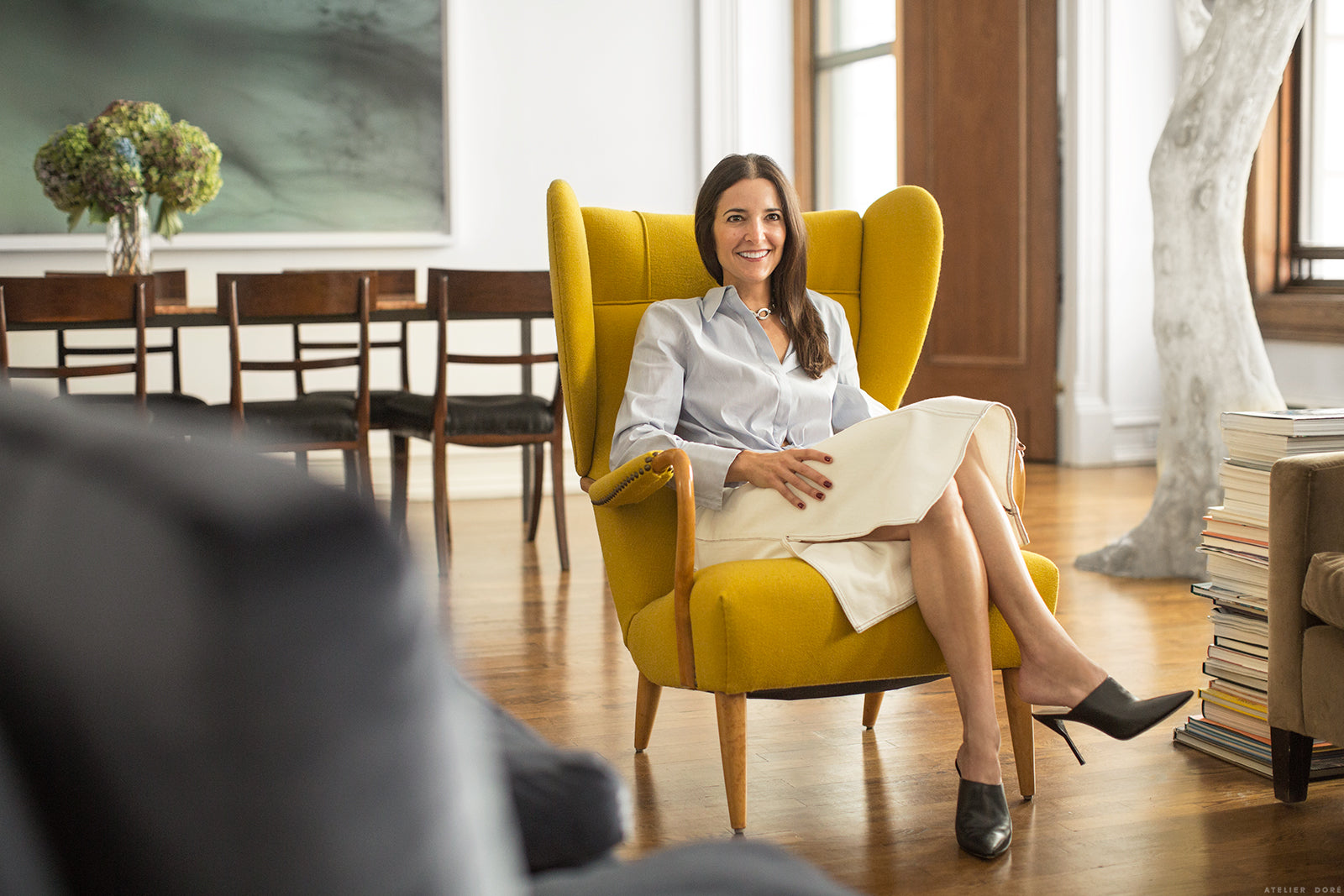
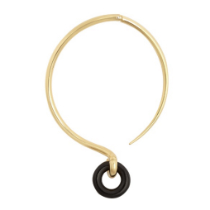
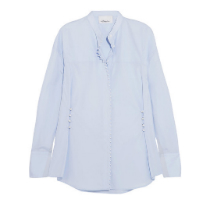
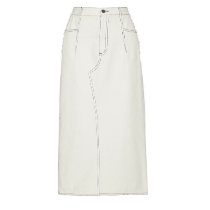
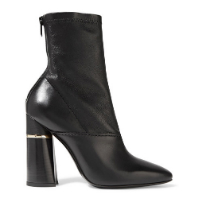
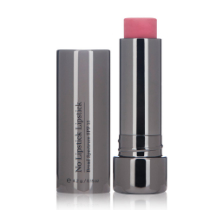
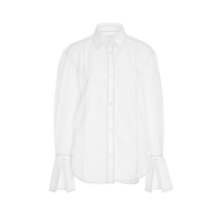
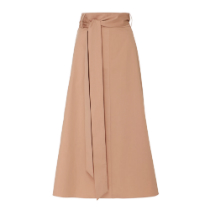
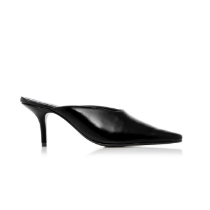
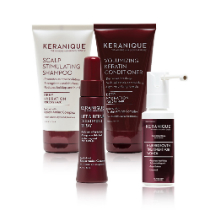
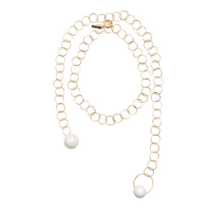
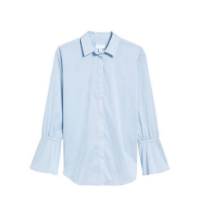
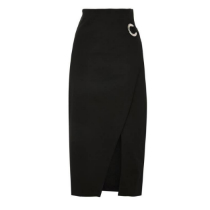
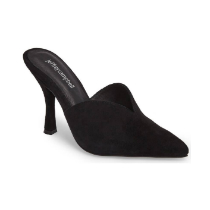
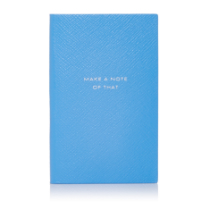











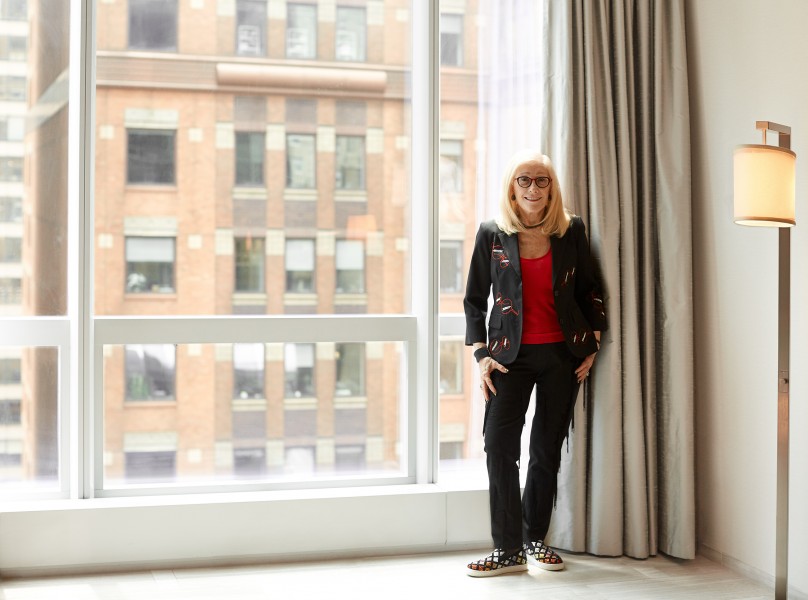

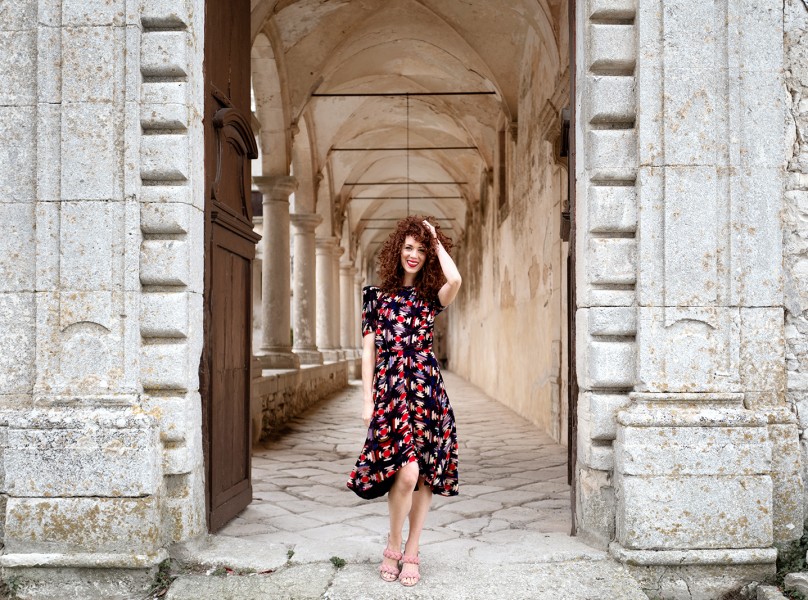










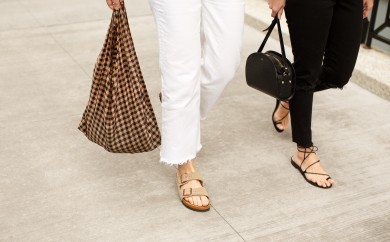
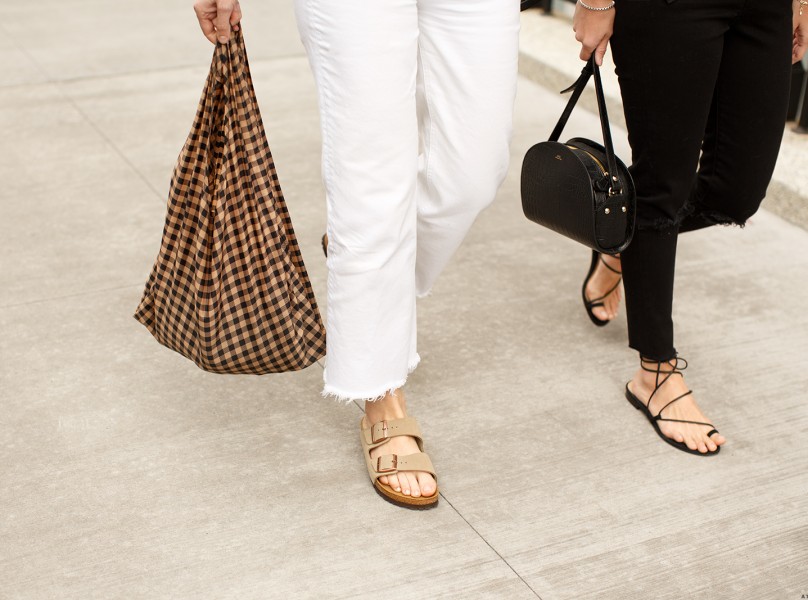
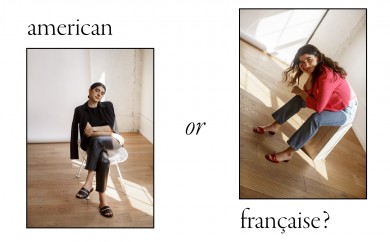
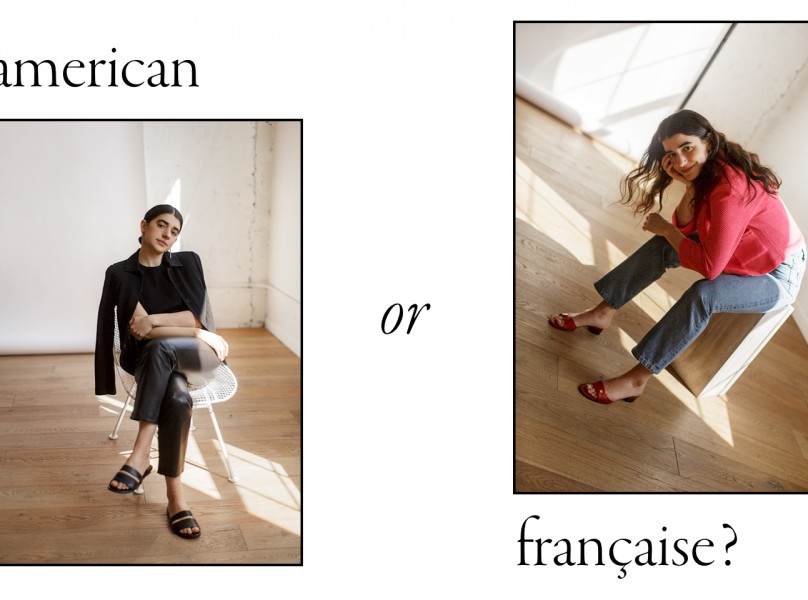
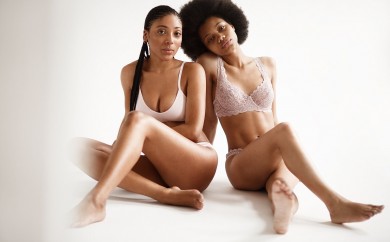
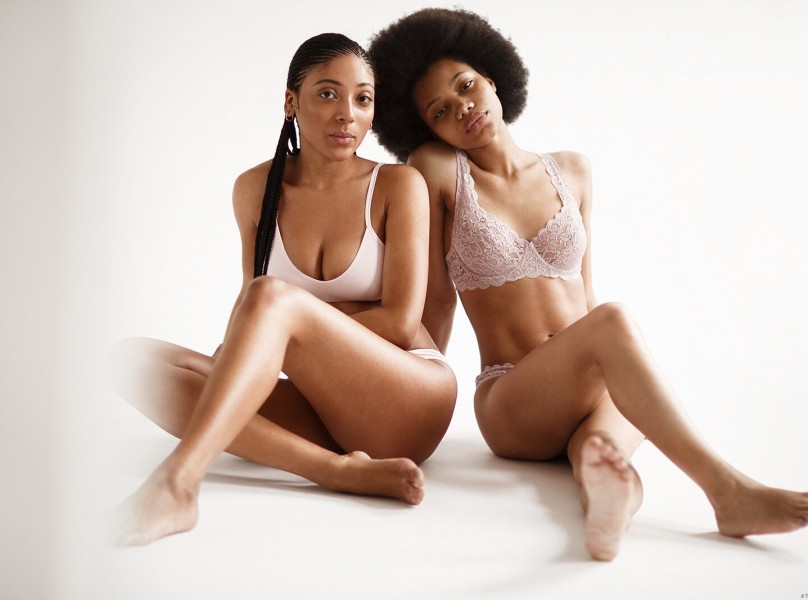
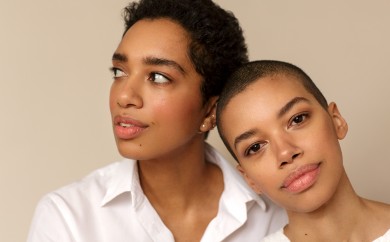
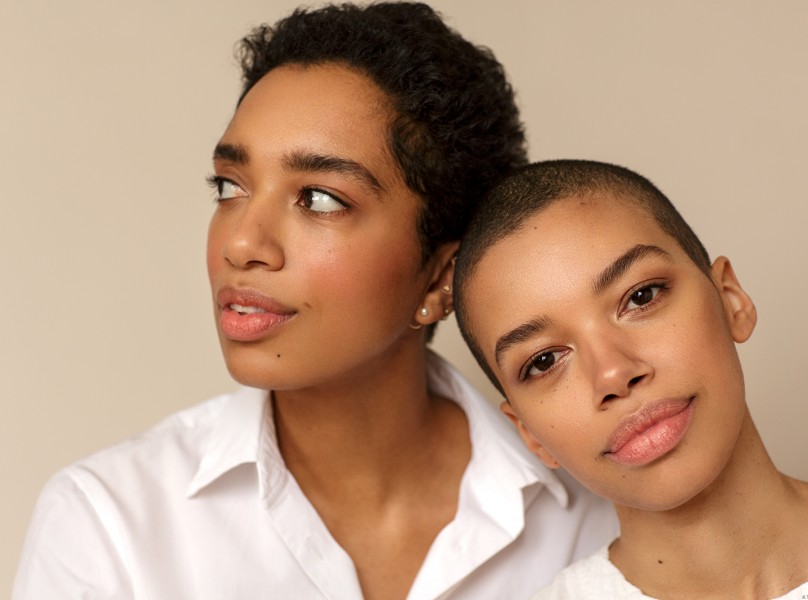
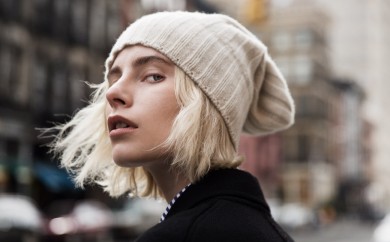
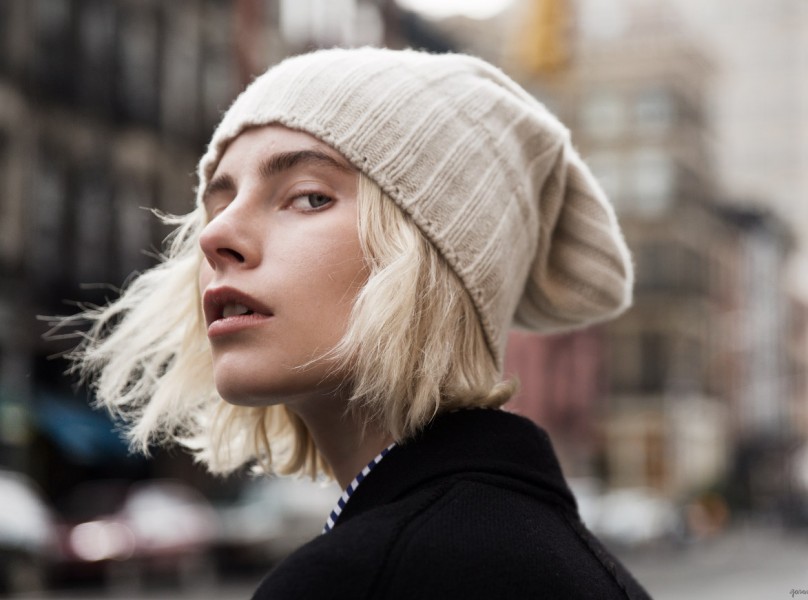
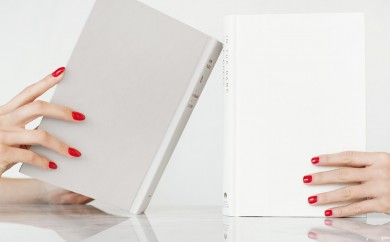
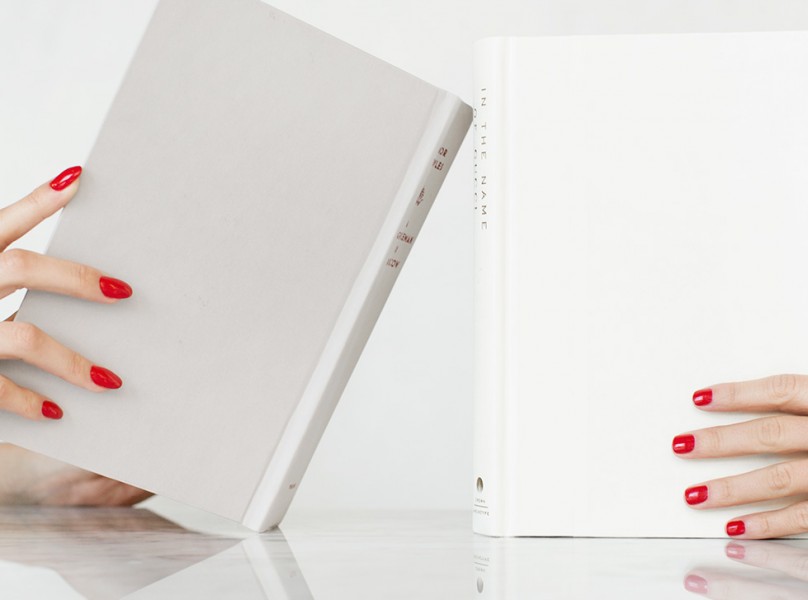
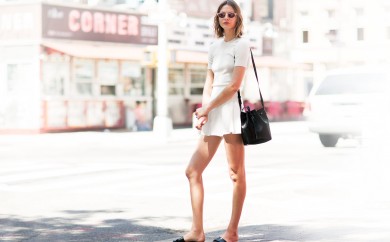
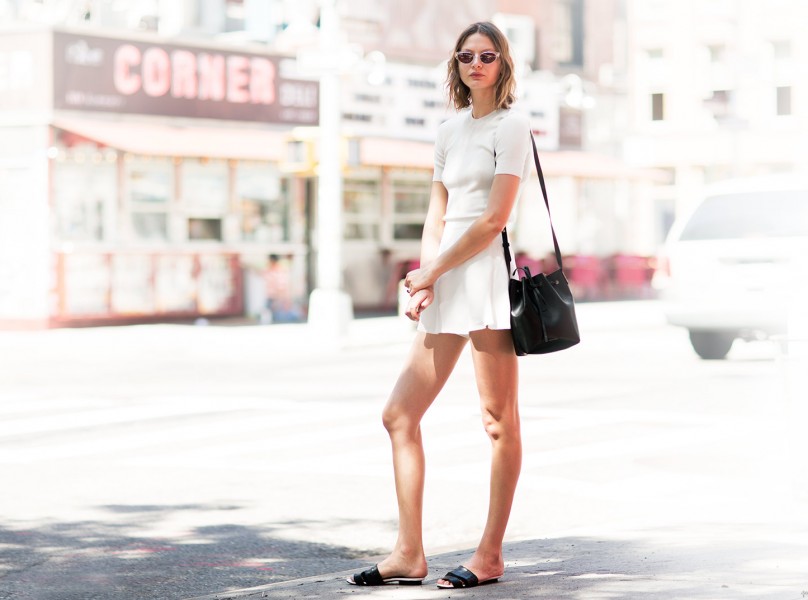
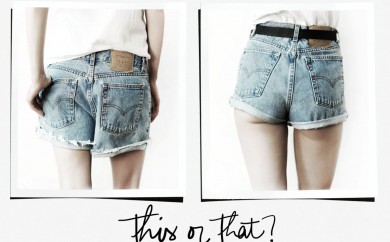
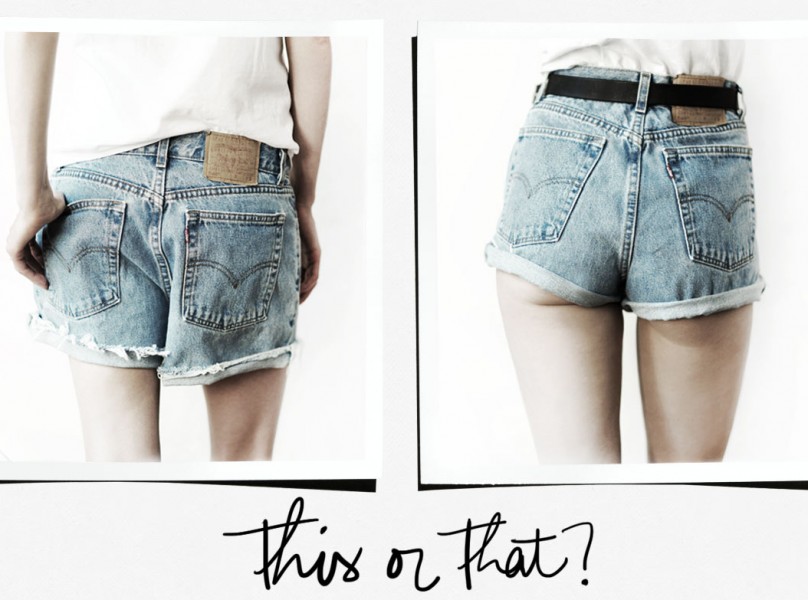
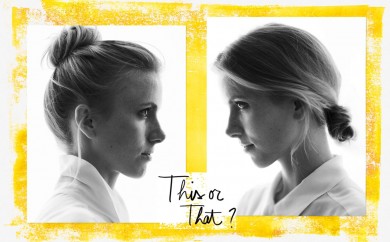
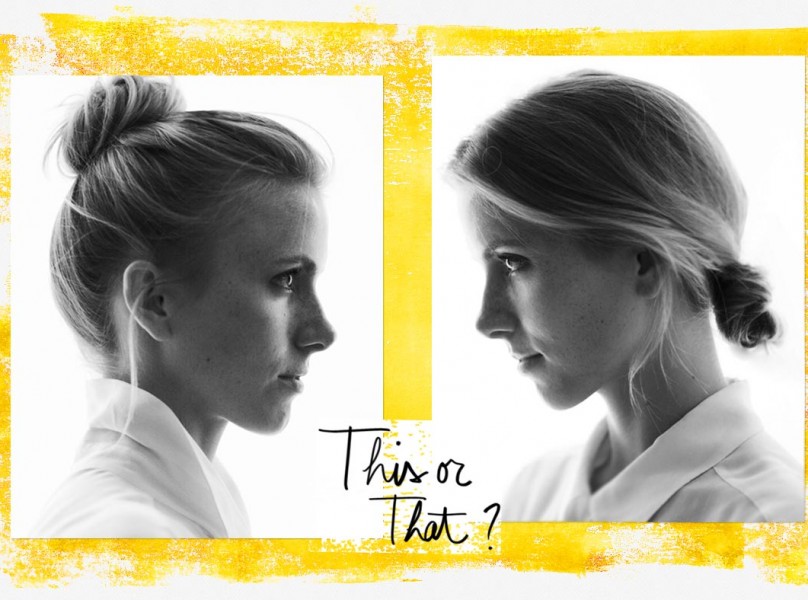
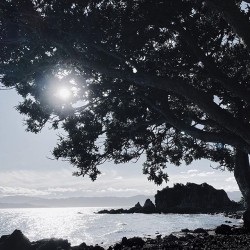
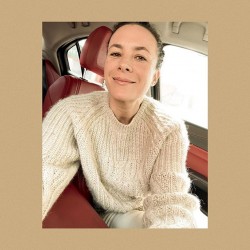

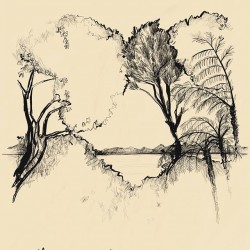
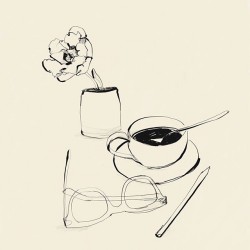
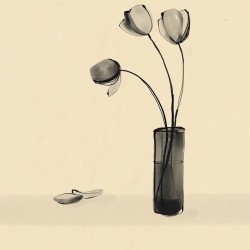
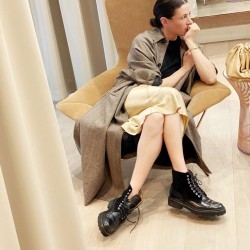
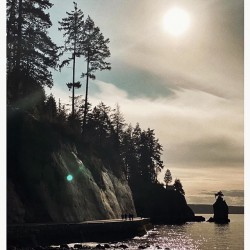
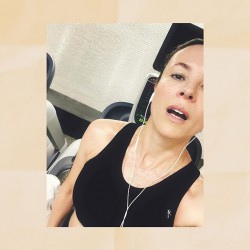
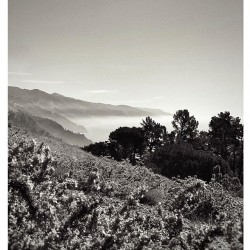
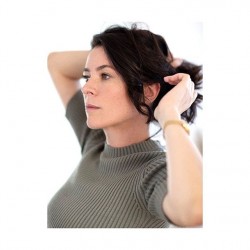
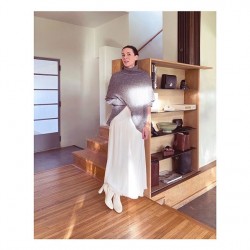
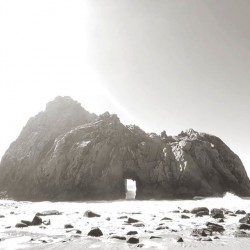
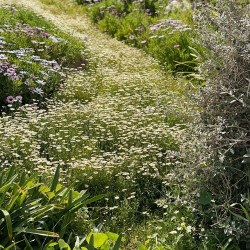
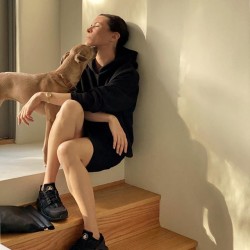
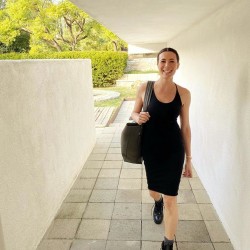
Très belle interview et très beau parcours. C’est ultra motivant de lire ce genre d’histoire, de femmes inspirantes et inspirés.
WOW. This is my favorite career interview on Atelier Dore. She oozes passion and warmth. An inspirational, hard working woman! I feel invigorated…thank you for sharing!! xo
Hi Jessica!
YES! BJ is incredible–I’m so glad it translated for you in the interview. She’s a true inspiration, and one of the warmest and most gracious women I’ve ever met! x
je suis tout à fait d’accord !
en plus pour une fois je comprends en quoi consiste son travail !
souvent c’est très obscur, tous ces métiers autour de l’image etc…
Magnifique parcours ! Wow découvrir l’art en commençant par Duchamp !!! Ce coup de pouce de son père chez Sotheby’s ! Toutes ces rencontres si humaines et décisives, BJ est une vraie et belle personne ! C’est vraiment une interview merveilleuse. Je viens de voir le film sur Peggy Guggenheim qui fonctionnait aussi au coup de coeur ! Difficile à croire de nos jours dans ce milieu artistique !
One of my very favorite posts – lovely and wise and true. Thank you!
Toujours aussi géniales vos interviews carrières ! Merci de toutes ces inspirations !!!
I truly enjoyed this interview with BJ – definitely the most interesting ever here.
I worked in art and advertising for many years and this took me back to those happy days.
Thank you Emily for asking marvelous questions, and for BJ’s generous in depth answers.
What an inspirational story :-)
I’d love to see a tour of her apartment!!
http://www.thislifeisbelle.com/
She’s amazing,great job
New post:https://thepinkpineappleblog.blogspot.com/2017/10/nyfw-day-6.html
I like the career interviews very much. This one gave some great insights .
Although I never worked in art field I studied art history at University. I am always awed by passion! To be able to apply your passion to your work is one of life’s greatest rewards .
BRAVA
Jandrew
Dress The Part
http://www.jandrewspeaks.com
Je suis toujours bluffée par les personnes qui maîtrisent tellement bien leurs sujet, que leurs propos sont d’une clarté cristalline sur un sujet ou un univers qui nous est étrangé. C’est le cas avec cette itw très bien menée.
MERCI!
I really enjoyed this article. The questions were very thoughtful, specific, and relevant. I was an art history major and now teach elementary art. Thank you for this!
A Real pleasure to read this interview, inspiring, a great teaching on perseverance, well structured and with a substantial content. Thank you Emily.
What an interesting interview! I felt very curious to see the art in her apartment. I think young people that read this could benifit lots from what she says. I agree with the part she tells about mentors. Thank you for showing this interview and for BJ Topol.
Cette interview est passionnante, elle transmet si bien sa passion qu’on s’y plonge aussi ! Ça fait deux jours que je scrute les moindres recoins des sites géniaux que BJ recommande. Merci pour nous ouvrir les coulisses d’un monde pas forcement très accessible. Je me réjouis de découvrir ses intérieurs !
Inspiring interview. I believe that there is one typo- the art dealers association mentioned should read: Art Dearlers Association of America (ADAA) .
Cette interview est si inspirante. Sublime femme, parcours passionnant. L’art nourrit notre vie et nous ouvre au monde. MERCI
so adorable BJ Topol ?? beautiful inside out. very inspiring successful career !! for loved it !
xx
Belle femme !
Oh my God, this interview was amazing. Thanks!
gorgeous interview – thank you for sharing so honestly!
Great piece. Thank you! I love her integrity.
“That’s why I always love helping younger people. Believing in younger people and giving them a chance—that changed my life.”
From what she said, it sounds like Ms Topol helps young people starting out. Great! I’m wondering about the other beginners? What about helping those who are starting out in the field, regardless of their DOB? Ageism is as damaging as sexism in the workplace, particularly for women. Once one has reached the top, why not help *everyone* who shows promise become successful?